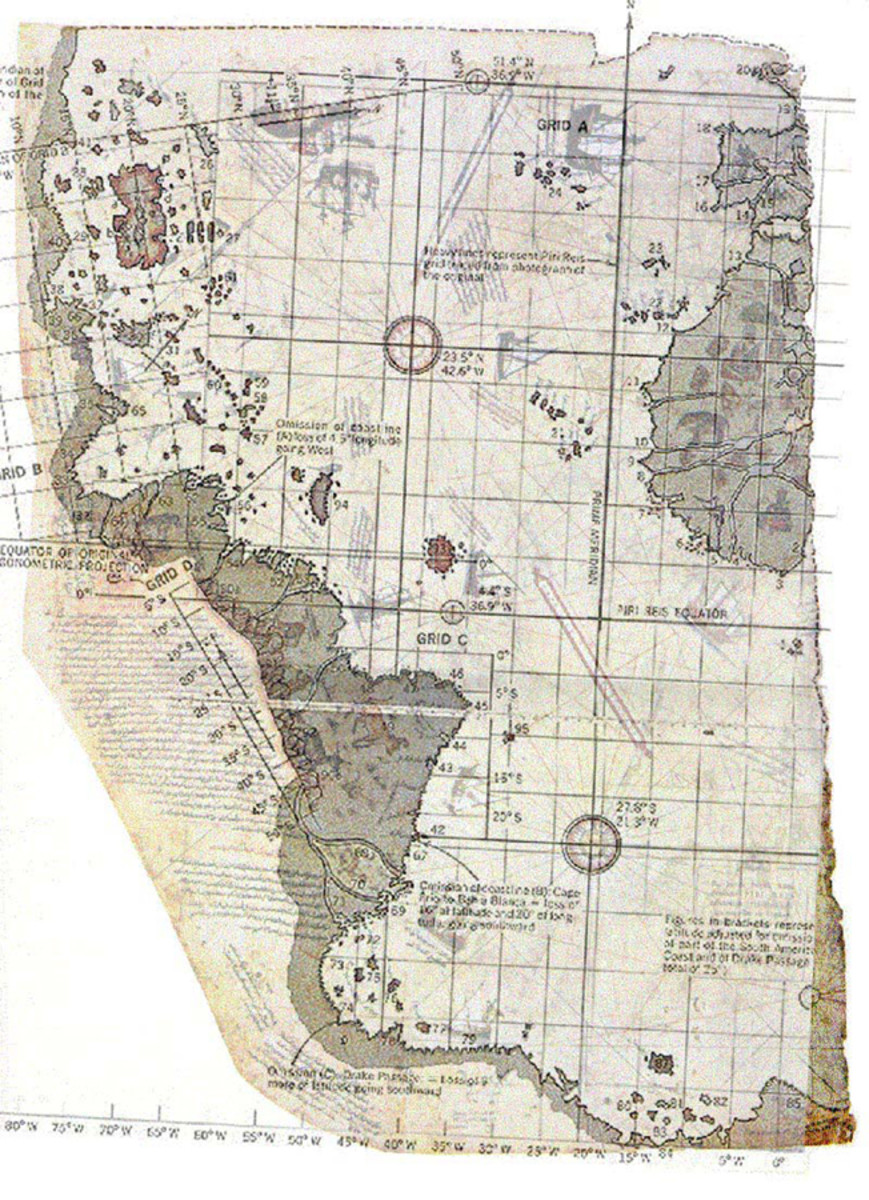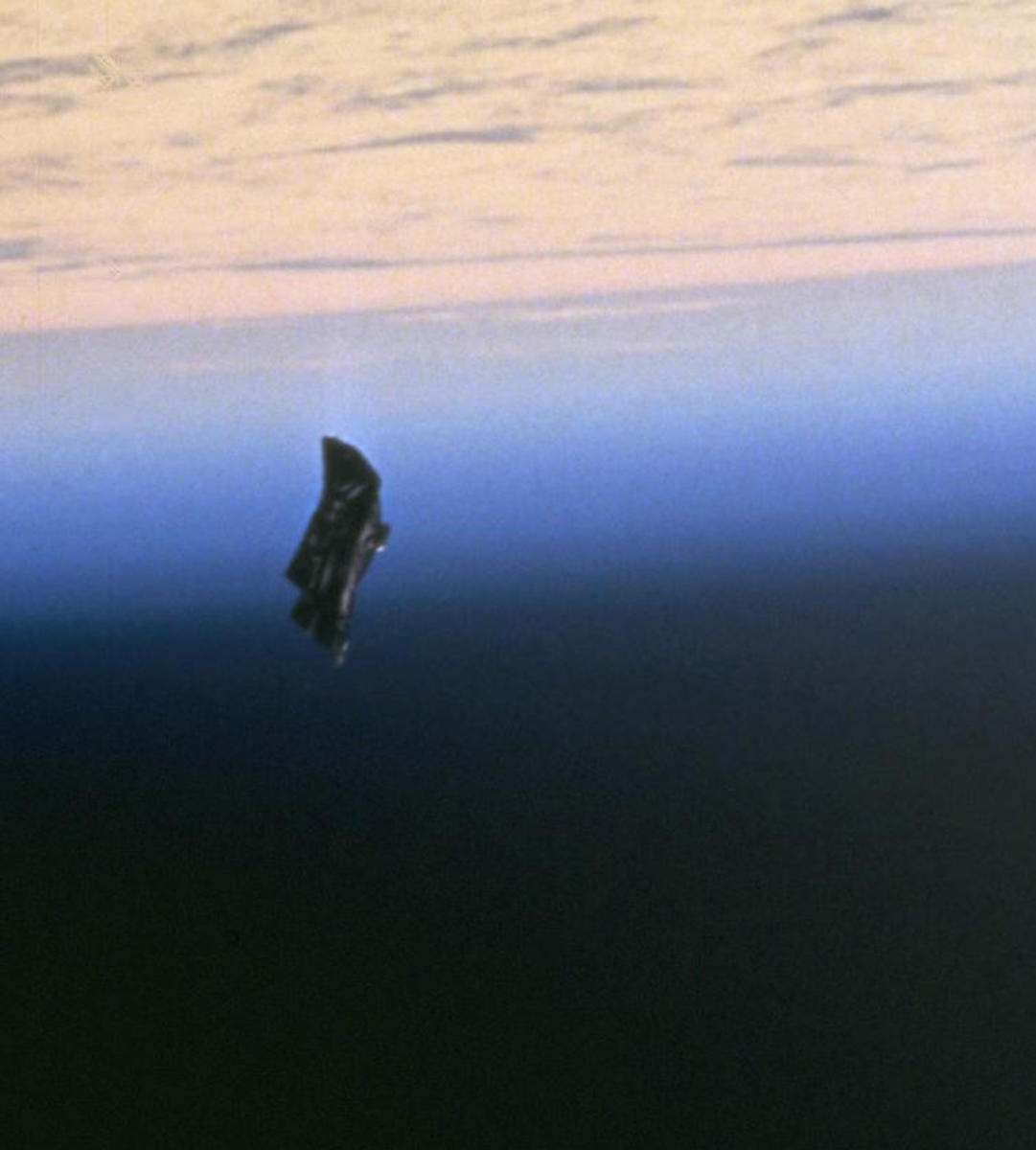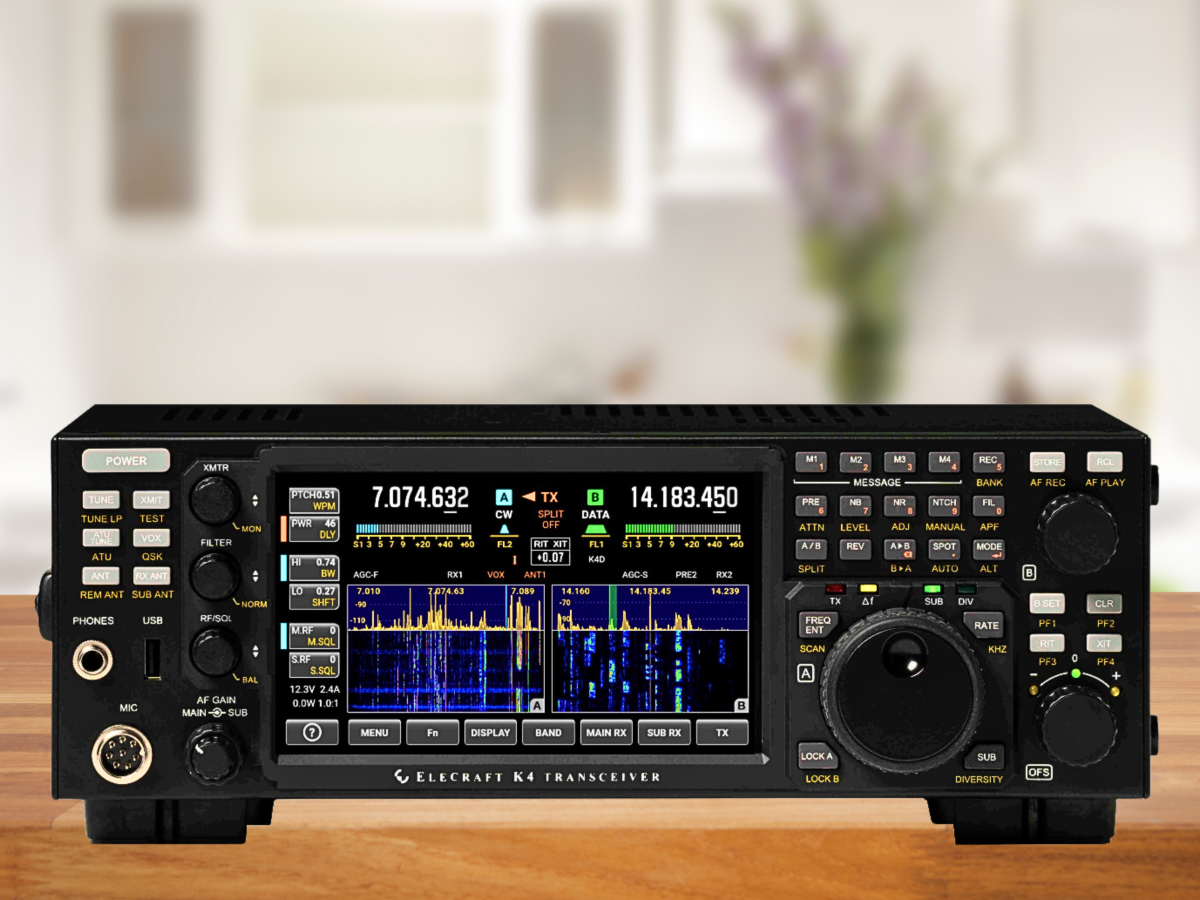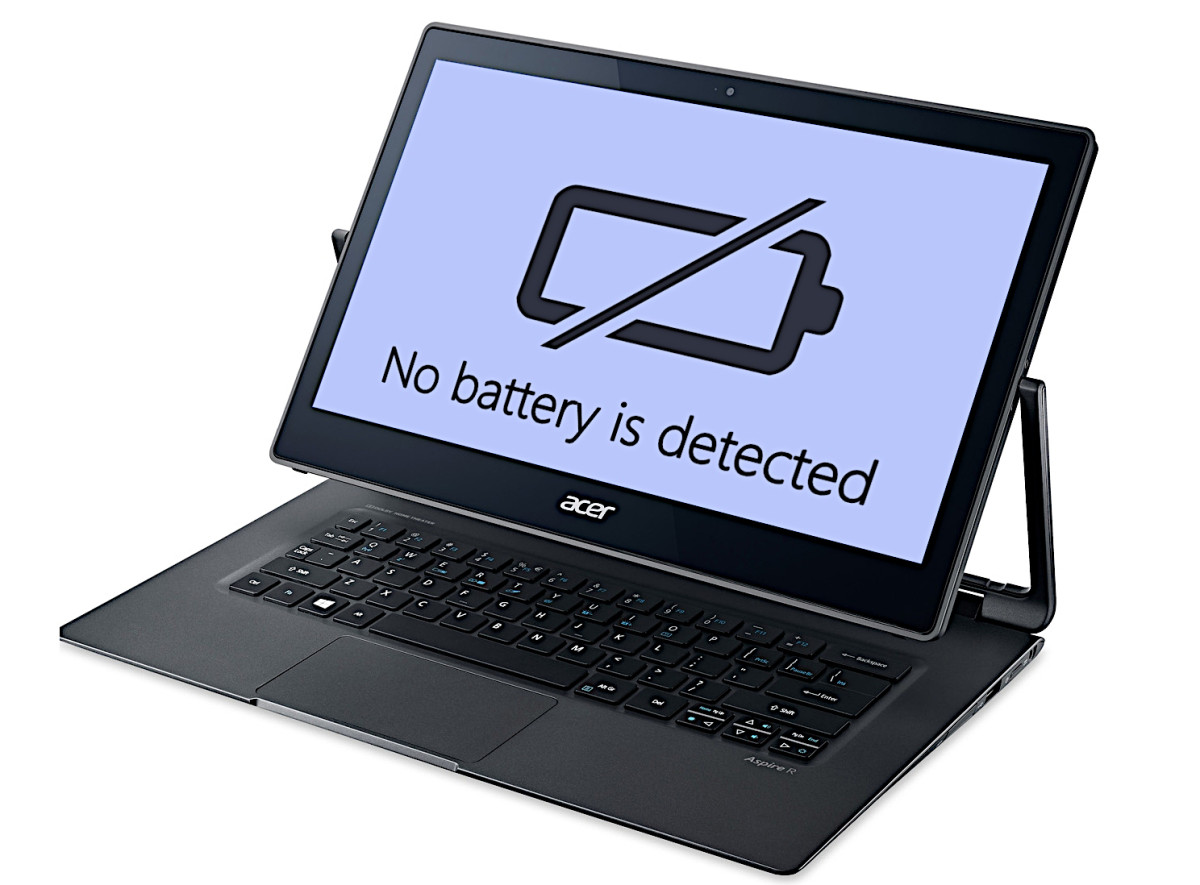The Enduring Mystery of the WOW! Signal
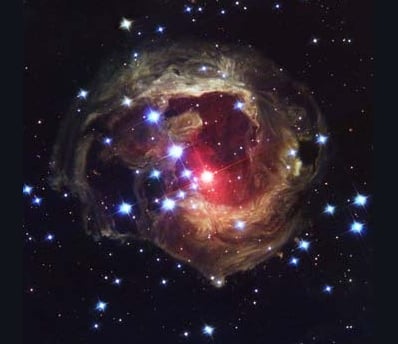
Everyone that has watched the Jodie Foster movie Contact is familiar with SETI, the initiative to search for extraterrestrial life through the use of radio telescopes. In the movie, which is based on a science fiction novel by Carl Sagan, first contact with an alien intelligence is made through the reception of a powerful radio signal from the Vega star system.The signal goes on for weeks and ends up providing instructions for building a machine to visit the extraterrestrial civilization. After much government bureaucracy develops around the project Foster is eventually chosen to take the voyage in the alien designed craft. The trance-like journey ends up being something that she can't prove ever happened so the movie ends with much doubt about the validity of the signal and whether it was actually from an alien race or from a human source.
Contact was a science fiction story, however, not many know that in 1977 a real signal from space was detected that sent shock waves through the scientific community and suggested we may not be alone in the universe. This is the story behind that signal.
SETI
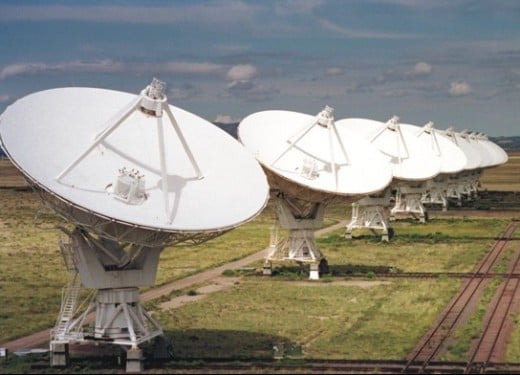
SETI is an acronym that stands for the Search for Extraterrestrial Intelligence. When most people hear this they think of giant radio telescopes such as the ones at the VLA in New Mexico, shown at right. The roots of SETI can be traced back to a 1959 article in the magazine "Nature" by Giuseppe Cocconi and Philip Morrison, two Cornell Physicists. In the article they sketched out the blueprint for signaling another civilization in the universe. The best way, they suggested, was to use radio frequency radiation because it is easy to produce and can travel enormous distances with very little power input. They also recommended that the signal frequency be based around something that is abundant in the universe: the hydrogen atom, or more specifically, the excitation frequency of hydrogen which is 1420 MHz. In the ensuing years a network of radio telescope sites developed over the globe with the mission of searching for an incoming signal from an extraterrestrial civilization. The most famous of these sites probably being the VLA in New Mexico.
The Signal
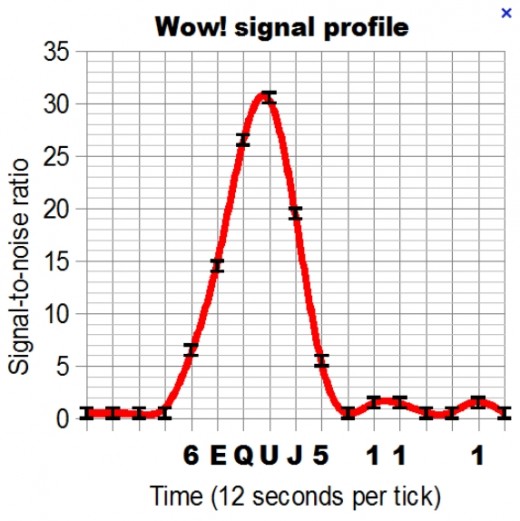
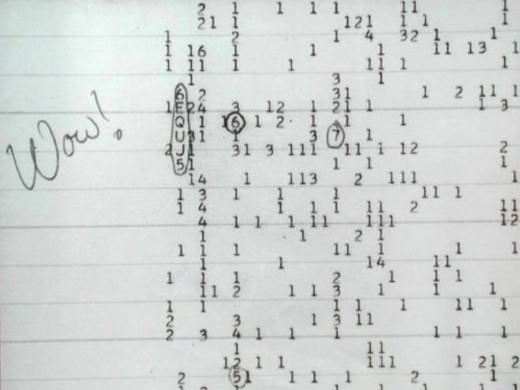
On August 15, 1977, a signal was detected by a SETI site at the Ohio State University that met the exact description described by Cocconi and Morrison. At 11:16 pm the signal hit one of the Big Ear stations two radio telescope receivers. However, when the Earth rotated the second receiver into position to hear it, there was nothing. Additionally, no other SETI radio telescope site detected the signal. Three days later a technician stopped at the lab to print out the data from the Big Ear telescope and dropped the sheets off at Dr. Jerry Ehman's house for review. Upon looking at the data, Jerry noticed something astounding, a lone signal that had been registered by the computer as 6EQUJ5. Letters and numbers were used to describe the signal intensity, with lowest power starting at 0 and working up to 9 followed by letters A for 10, B for 11, and so on. As the graph on the right shows, the signal started at intensity 6 and increased all the way up to U, which was the most intense signal ever received by the Big Ear telescope computer, before falling back to 5. It rose above the background noise and stood out like a flashbulb at night. Amazingly, the signal was also at the 1420 MHz frequency, with a very narrow spread. In other words, it was an exact match to the scenario described in the "Nature" article. To note his astonishment, Jerry wrote WOW! in the margin of the printout. The printout with his writing can be seen to the right. Dr. Ehman continued to review the rest of the data, but disappointingly the signal did not appear again.
Afterwards

It was determined that the signal came from direction of Sagittarius constellation just northwest of the globular cluster M55, but star maps indicated nothing was there. However, nothing could explain it. All other signals that rose above the background noise turned out to be wide band reflections off satellites or spacecraft, and never at the hydrogen frequency. Space debris, aircraft signals, satellite transmissions, television or radio signals, they were all investigated and ruled out. However, for a signal to be scientifically credible, it has to be detected more than once and by more than one receiver to rule out electronic problems or glitches.
As the years have passed there has never been another signal like it and people are still waiting for a definitive explanation of the Wow! signal that makes sense. There was no good explanation in 1977 and decades later, there is still no good explanation. The problem, however, is that the signal was never encountered again and it is impossible to draw conclusions from one data point. In the movie Contact, the signal went on for weeks and was able to be deciphered. There was no such luxury in this case and because it was never repeated, no definitive conclusion has or most likely, ever will be determined and so the mystery endures.
For a more detailed account of this story please see the book 13 Things that Don't Make Sense: The Most Baffling Scientific Mysteries of Our Time by Michael Brooks. Also check out the other hubs on Wow! and SETI listed below.



